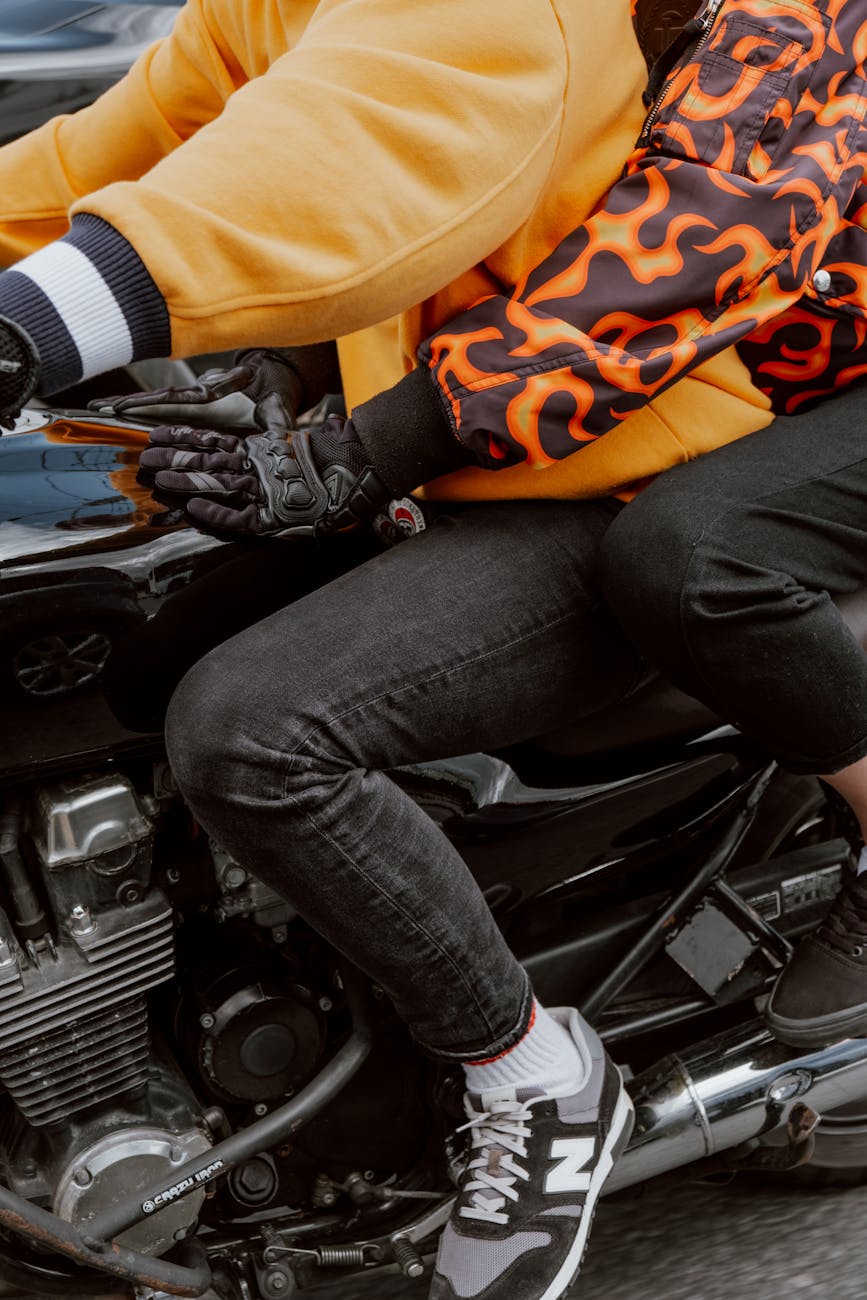Bike Helmet Buying Guide: Best Safety Tips
If you are an avid cyclist or someone who enjoys biking as a means of exercise or commute, ensuring your safety on the road should be a top priority. One essential piece of safety gear that every cyclist should invest in is a high-quality bike helmet. In this comprehensive guide, we will provide you with the best safety tips for buying a bike helmet that will help protect you in case of accidents and ensure a safe riding experience.
Understanding Helmet Types and Standards
When it comes to protecting your head while cycling, not all helmets are created equal. It’s essential to understand the different types of helmets and the safety standards they adhere to. The two main categories of bike helmets are helmet. The first step in choosing a helmet is to ensure that it meets the safety standards mandated by organizations such as the Consumer Product Safety Commission (CPSC) or Snell Memorial Foundation. Look for certifications from these organizations to ensure that the helmet has passed rigorous safety tests.
Proper Fit and Adjustment
The most important factor in helmet safety is ensuring a proper fit. A helmet that doesn’t fit correctly won’t provide adequate protection in the event of a crash. When trying on a helmet, make sure it sits level on your head, with the front edge no more than one inch above your eyebrows. The straps should form a V-shape under your ears, and the chin strap should be tight enough that you can fit no more than two fingers between the strap and your chin.
Choosing the Right Helmet for Your Riding Style
Different types of cycling require different helmet designs to provide optimal protection. If you are a road cyclist, you’ll want a helmet that prioritizes aerodynamics and ventilation. Mountain bikers, on the other hand, might prefer a helmet with more coverage and additional protection for the back of the head. Commuters and urban riders may opt for a helmet with integrated lights or reflective elements for added visibility in traffic.
Helmet Maintenance and Replacement
Once you’ve found the perfect helmet, it’s essential to take care of it to ensure its effectiveness over time. Regularly inspect your helmet for any signs of wear or damage, such as cracks, dents, or frayed straps. If your helmet has been involved in a crash or has sustained significant damage, it’s crucial to replace it immediately, as helmets. Additionally, helmets should be replaced every five years, as the materials can degrade over time, reducing their protective capabilities.
Conclusion
Investing in a high-quality bike helmet is one of the most important steps you can take to ensure your safety while cycling. By understanding the different types of helmets, choosing the right fit for your riding style, and maintaining your helmet properly, you can ride with confidence knowing that you are well-protected in case of accidents. Remember, safety should always come first when it comes to cycling, and a reliable helmet is a crucial part of that equation.
